Everything You Need To Know About The Place Of Pain In Conversion Optimization
- Fahad H

- Nov 25, 2014
- 8 min read
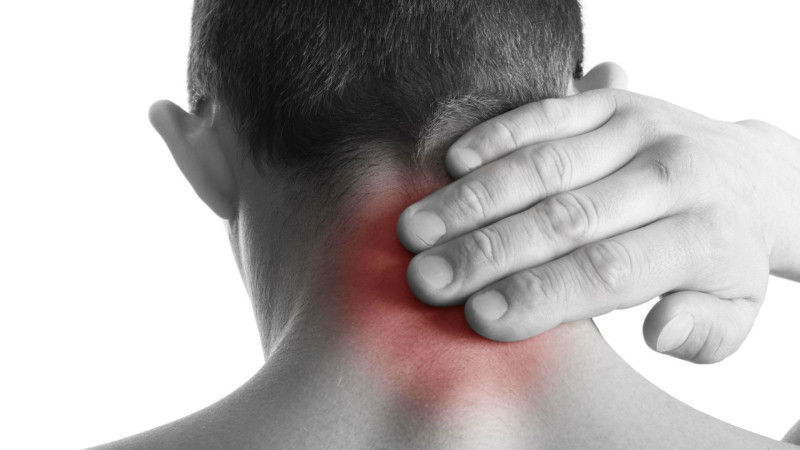
Pain, as the New York Times reported, is “the secret of neuromarketing.”
And apparently it is a well-kept secret, because there are very few conversion optimizers discussing the place of pain or how to apply it strategically and ethically. I came up with just a couple mentions of it.
One article from Search Engine Watch provided “20 Conversion Optimization Tips.” One of these tips was “Feel the pain.” Here’s what author Garry Przyklenk, wrote:
Put yourself in the shoes of your customer and brainstorm their goals on your site. How easily could you perform the same tasks you’re asking your customers to complete? Do you set realistic expectations on how quickly someone can complete these tasks?
That’s not very pain-focused, but at least he told us to “feel the pain.”
An article on Kissmetrics discussed “What the Highest Converting Websites Do Differently.” The authors wrote:
Understanding your customer’s pain points, confusion and what they are really looking for can help you design a site that converts higher.
But that’s about it. Apart from a few wispy mentions of “pain points” (what does that mean, anyway?), there is an astonishing lack of information on the subject.
Perhaps one of the reasons why conversion optimizers aren’t talking about pain is because it is an issue which falls largely under the purview of marketing. But even traditional marketing agencies don’t seem quite aware of how to use it. Maybe the reason for that is because the place of pain is largely a neuromarketing issue (as I’ll explain later).
There is one group that has latched on to the use of pain in selling: salespeople. In fact, their emphasis on pain is so big that they’ve gone a bit overboard. (More on that later, too.)
What I want to do in this article is introduce you to the concept of pain and suggest a few ways that you can use pain in your conversion optimization.
Pain Is Real
One reason why I want to bring up this issue is because pain is a very real thing.
Humans are wired to identify pain, avoid pain, and flee pain. Dr. Rebecca Gladding’s article in Psychology Today explained how humans respond to physical pain:
Whenever you feel anxious, scared or have a sensation in your body (e.g., a tingling, pain, itching, whatever), you are far more likely to assume that there is a problem (related to you or your safety).
Pain, whether it’s emotional/mental or physical/physiological is a reality that affects us deeply and pervasively.
Pain is real in marketing, too. Because humans are wired to identify, avoid, and flee pain, we construct our existence in such a way that we can better avoid the pain. We purchase a large reclining chair to alleviate the pain of tired feet. We buy a new BMW to avoid the embarrassing pain of driving a beat-up old car.
The first step in using pain in conversion optimization is to admit that it’s real.
Pain Is Not A Sales Gimmick
I want to warn against one of the improper uses of pain. Let me give you an example of it, and then I’ll show you why this is misguided.
In a discussion on Sandler sales techniques, one member provided this script as a good example of introducing pain into the sales process:
CUST: “Do you have any information on (Let’s say a car for instance)? YOU: “John, why do you think you need information on a new car?” CUST: “Oh I may be in the market for a new one.” YOU: “Why not just keep the one you have?” CUST: “Oh it’s getting a bit older.” YOU: “Yeah John I know but my Dad is getting older and we don’t replace him, why take on this expense if your old car works fine?” CUST: “That’s the problem Bill, it broke down on me twice this past month.” YOU: “Yeah but now it’s fixed, why not try to get a few more months out of it? CUST: “Bill if I don’t get a new car by this weekend my wife will divorce me!” YOU: “Do you want a divorce?” CUST: “NO Bill, that’s why I need to get moving on this right now!”
In this interchange, the salesperson (indicated by “You”) honed in on the customer’s deep inner motivation for buying a new car: He doesn’t want a divorce.
Is this for real? Apparently, yes. According to proponents of the Sandler “pain sales methodologies,” a salesperson should hone in on the deepest pain point possible.
The Vendere Sales Team uses the example of a customer looking for a new server to replace his old one. The salesperson talks to the potential buyer, and uncovers his real pain point: His daughter is getting married, and he wants to have enough money to pay for a beautiful wedding.
That’s kind of sick.
I don’t deny that pain is a powerful motivator, but I must protest against leveraging pain in this way. Such sales processes often use pain as a form of motivation that is unwarranted.
Pain is not a sales gimmick, but it is a powerful neuroscientific reality. There are ways to use pain to your advantage without exploiting it unfairly.
Pain Is Powerful
The portion of the brain known as the amygdala is the oldest and most primitive section of the brain. That’s why many scientists refer to it as the “reptilian brain.”
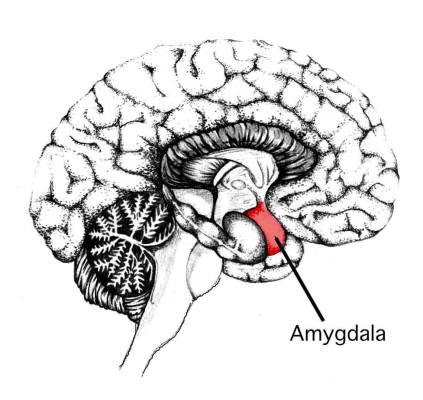
That tiny and simple (comparatively speaking) section of the brain is the messenger system for pain throughout the body. The amygdala is what triggers the fight-or-flight response when faced with a (perceived) threat.
But here’s the fascinating thing about the amygdala. In neuroimaging studies, the amygdala lights up when a subject is exposed to a dangerous situation — but it also lights up when a subject is given a purchase decision.
Get that! The same area of the brain that is responsible for pain messaging and the fight-or-flight response is also activated when presented with the option of buying something.
This is the “growing consensus” of the scientific community, and it has been discussed at length in the Journal of Neuroscience, specifically the study, “Value Encoding in Single Neurons in the Human Amygdala during Decision-making.”
The researchers discovered “neuron activity from the amygdala of awake patients while they made simple purchase decisions over food items.”
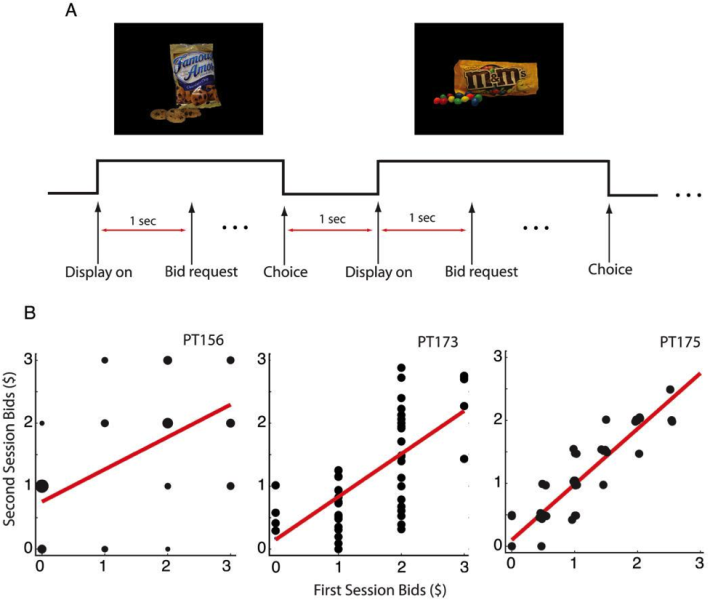
Image from Jneurosci.org.
These findings have been replicated in other studies and confirmed in studies by other researchers. A 2012 study identified the amygdala’s role in valuation and decision-making, which is core to making purchase decision.
They were able to identify not merely amygdala activity, but also a more complex system of reward and benefit that was activated during the process.

We need to be careful not to make too much of this. For example, we might be tempted to think, “Geez; the fight-or-flight response is the same as buying something!”
That’s not the case. But it is the case that purchasing decisions take place in the area of the brain that is also responsible for pain, reward, and basic survival instincts.
To focus on the issue of pain, we need to realize that there is a very close relationship between pain and purchasing. That’s why it’s important to realize how important pain is in the purchase process, and why it’s too big to ignore as a factor in conversion optimization.
Pain Prompts Action
Humans are very complex creatures, but we have a relatively unsophisticated set of motivations.
We are motivated by two main things: 1) the pursuit of pleasure, and 2) the avoidance of pain. Sometimes, the two get mixed up with each other.
Think about it. At a very basic level, much of what you do has those two drives as foundational motivations.
Even other ideas of motivation, such as Abraham Maslow’s self-actualization pyramid, can be conceived of in terms of a more binary motivational theory

Image from Creative Commons.
We seek security to avoid the pain of insecurity. We pursue sexual intimacy as the pursuit of pleasure. We desire respect by others to avoid the pain of embarrassment, etc.
This is what drives us, motivates us, and causes us to make decisions on a daily basis.
It’s all built on pain.
As BetterMovement.org explains, “Pain is a survival mechanism whose purpose is to protect the body.” We experience pain because we want to survive.
Sometimes the pain is obvious, such as when we experience a health difficulty or the painful anguish of a lost loved one. Other times, the pain is more subtle.
Pain avoidance is just as powerful and motivating as pain itself. Loss aversion is one obvious way that humans are motivated to avoid pain. Loss aversion, as described by NPR, is defined by the fact that “people care more about losing a dollar than gaining a dollar.”
In some cases, the impact of the loss can exceed the impact of the gain value, as demonstrated in this diagram. This occurs even when the probabilities of the outcomes are unknown, as in prospect theory.
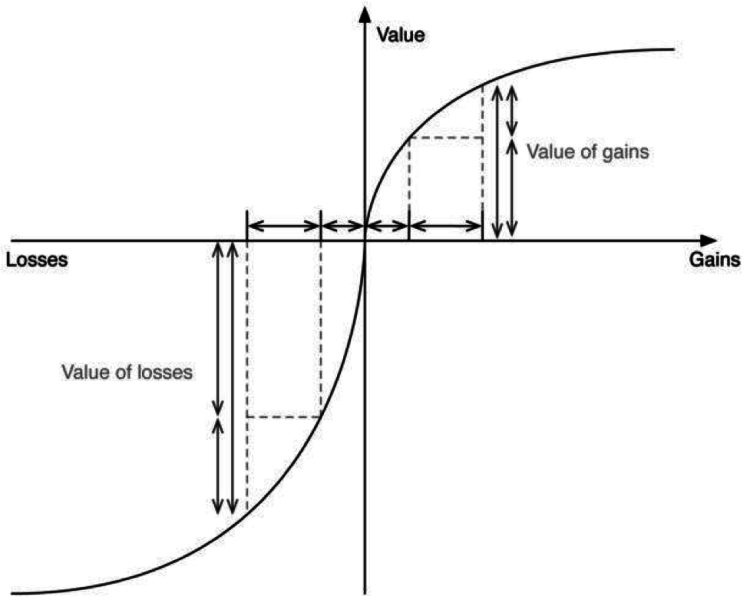
Image from Persuasive Patterns.
Not only is pain powerful, but the desire to avoid it is just as powerful if not more so.
Let me sum up the main points thus far, before we launch into the next section.
First, pain is a real thing. We need to understand that it affects every human and therefore has some role in conversion optimization.
Second, we should avoid just using pain as some sales gimmick.
Third, pain is one of the most powerful human experiences. Pain is a survival mechanism, and experiencing pain is one of the most primitive responses, as indicated by the amygdala’s role in pain response. From a neuroscientific point of view, pain and purchasing share brain region activity.
Finally, pain makes us act. We always do something about our pain. In marketing, our goal is to make that action work towards a conversion or purchase.
Now, How Do We Use Pain In Conversion Optimization?
At the most basic level, you need to understand the pain that your customer is experiencing.
Go for the most obvious pain. There’s no need to probe around. If you’re selling a car, you don’t need to address the divorce issue. If you’re selling a server, you don’t need to go to the daughter’s wedding issue. Just keep it basic.
The pain that the customer is experiencing in the here-and-now is a common, understandable and immediate pain. That’s the one that you know you can successfully solve, so go for it.
Vitamins hardly seem like they have a connection with pain, but there are some pretty direct connections. In the case of a prenatal vitamin, for example, a mother clearly wants to have a healthy baby. This advertisement subtly targets the pain of a baby’s maldevelopment.

Remind The Customer Of The Pain Through Certain Words
Specific words will help to remind customers of the pain. Use these words intentionally and strategically in order to advance your pain reminders.
The biggest word on the page below is “theft,” which serves as a clear reminder of pain.

The word “beware” in the copy below is another pain reminder.

The use of imagery, especially that black widow getting dangerously close to a happy family, is also pretty ominous — which brings me to my next recommendation….
Use Pictures To Remind The Customer Of The Pain
The brain process images faster than text. Images are one of the quickest ways to connect with the brain — and one of the most powerful. Thus, pictures are one of your greatest allies when you remind customers of pain.
This website for flood repair uses pictures of water damage and sediment to emphasize the pain of flood cleanup.
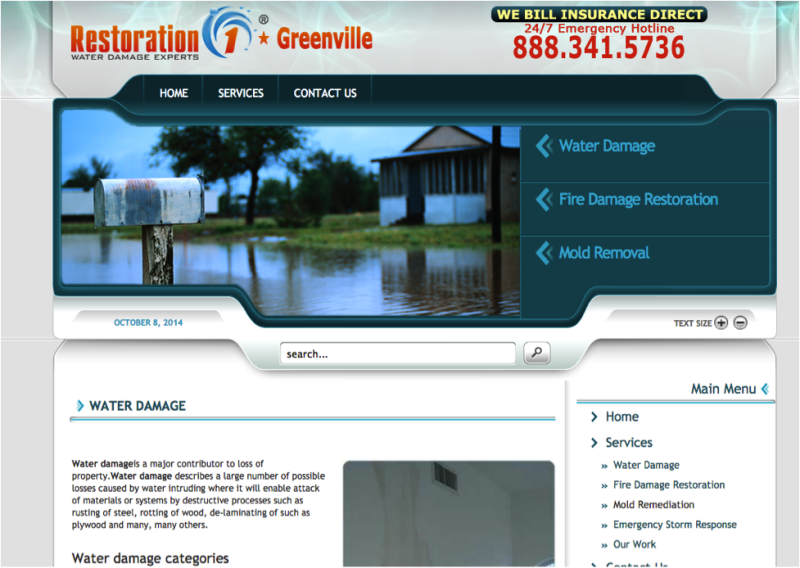
Never Leave Pain Lingering — Always Solve It
Pain can become a problem if you let it linger too long. As BetterMovement.org expressed it, “One unfortunate aspect of pain physiology is that the longer pain goes on, the easier it becomes to feel the pain.”
You don’t want the customer to wallow in his or her pain. You want them to experience relief. Obviously, you want to solve the pain with your product or service.
Interlogix’s Life Safety has a page that is targeted towards pain alleviation in every way — the color, the imagery, the words, etc. The pain is there — in the background and understated — but it is successfully solved.

AIG subtly evokes a pain point by appealing to loss aversion. Here, the customer is informed that she can get life insurance for less than $14 a month, and that she can get a quote in “just two minutes.” The customer is avoiding the loss of wasted money and wasted time.
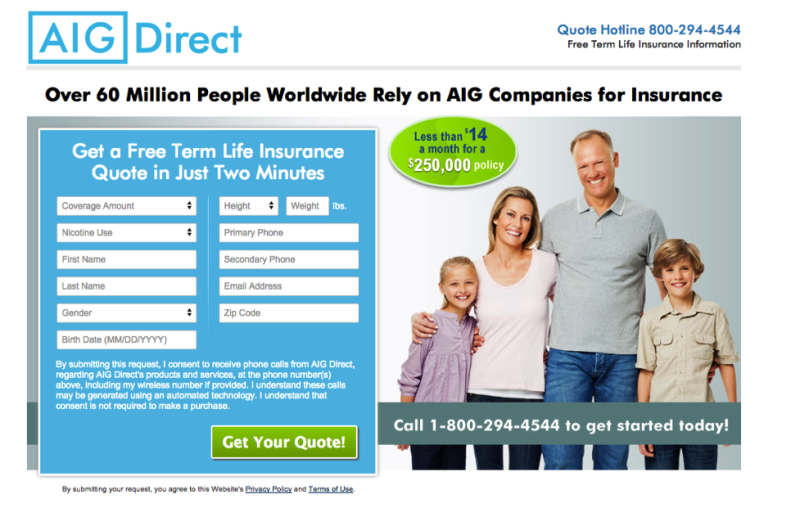
Make Them Feel The Absence Of Pain
Once pain is gone, the customer feels relief. This feeling of satisfaction signals the brain’s reward region and makes the customer feel pleased regarding their decision.
State Farm’s life insurance page doesn’t focus on death, which is the obvious point of life insurance. Instead, it emphasizes life, and shows the picture of a smiling man with some happy children.

Conclusion
It’s time to face the pain. It’s a real issue in neuroscience as well as in marketing — and it should be a bigger deal in conversion optimization, too.
Now that you understand how to use it appropriately, how are you going to introduce it into your site?








Comments